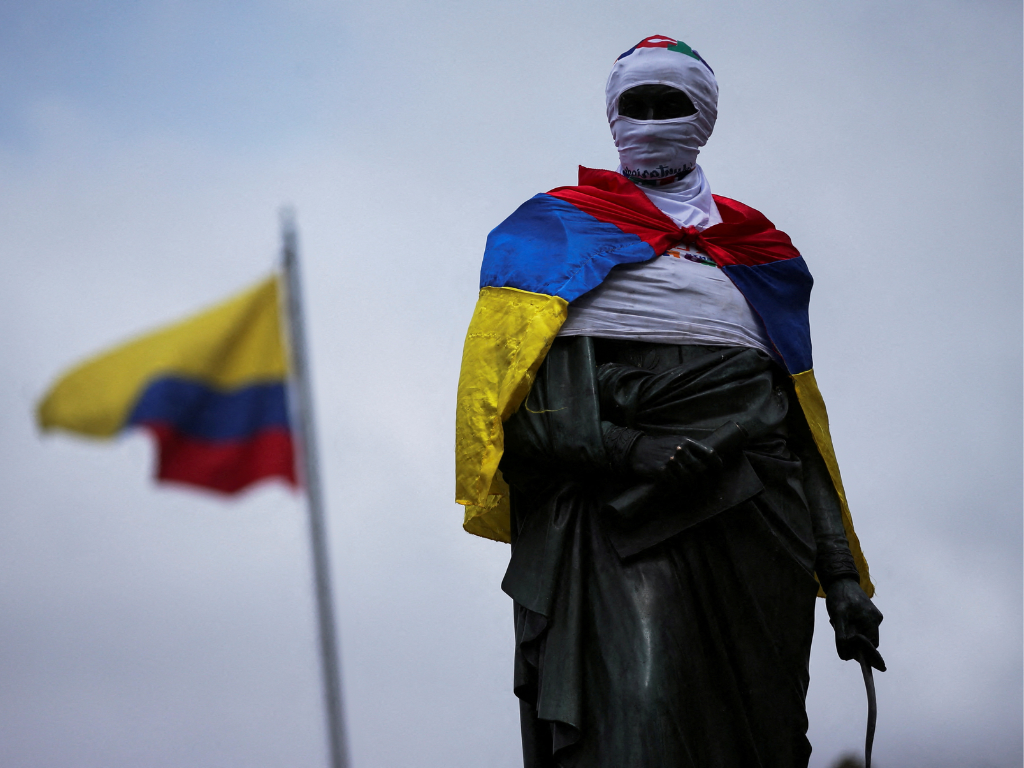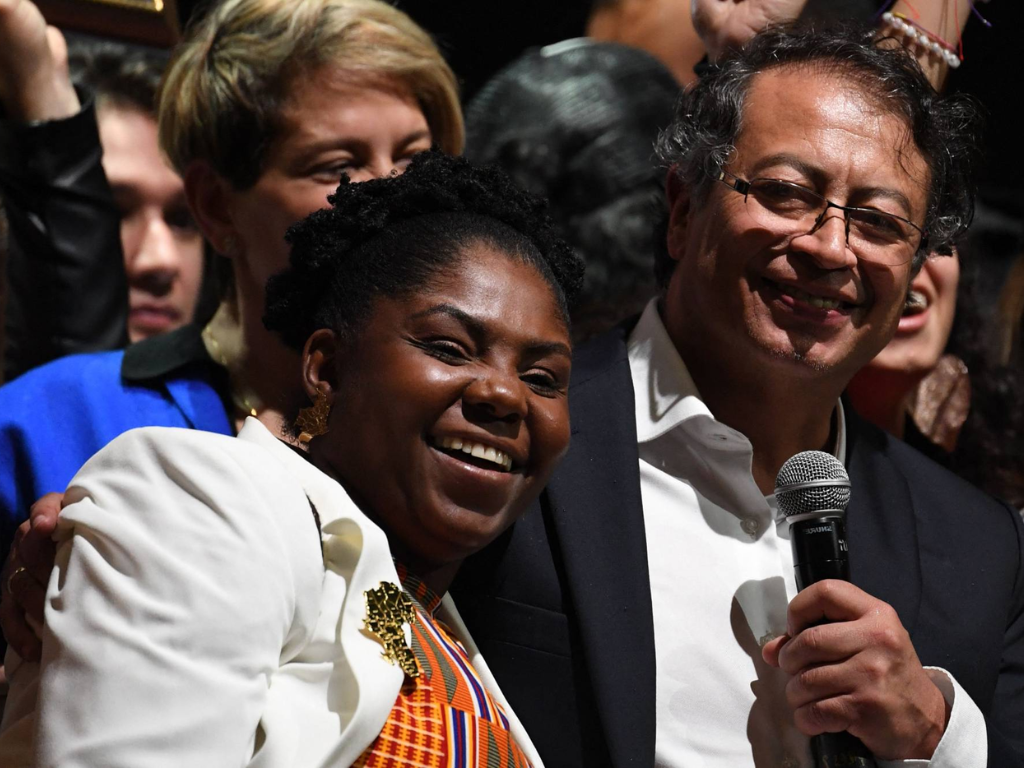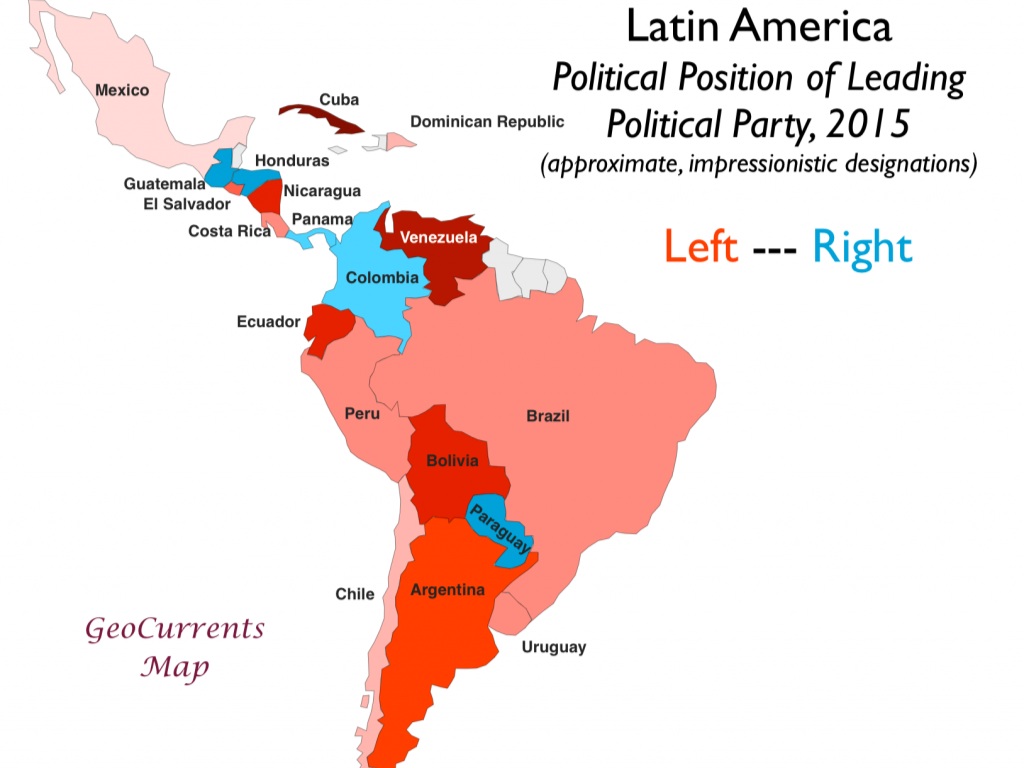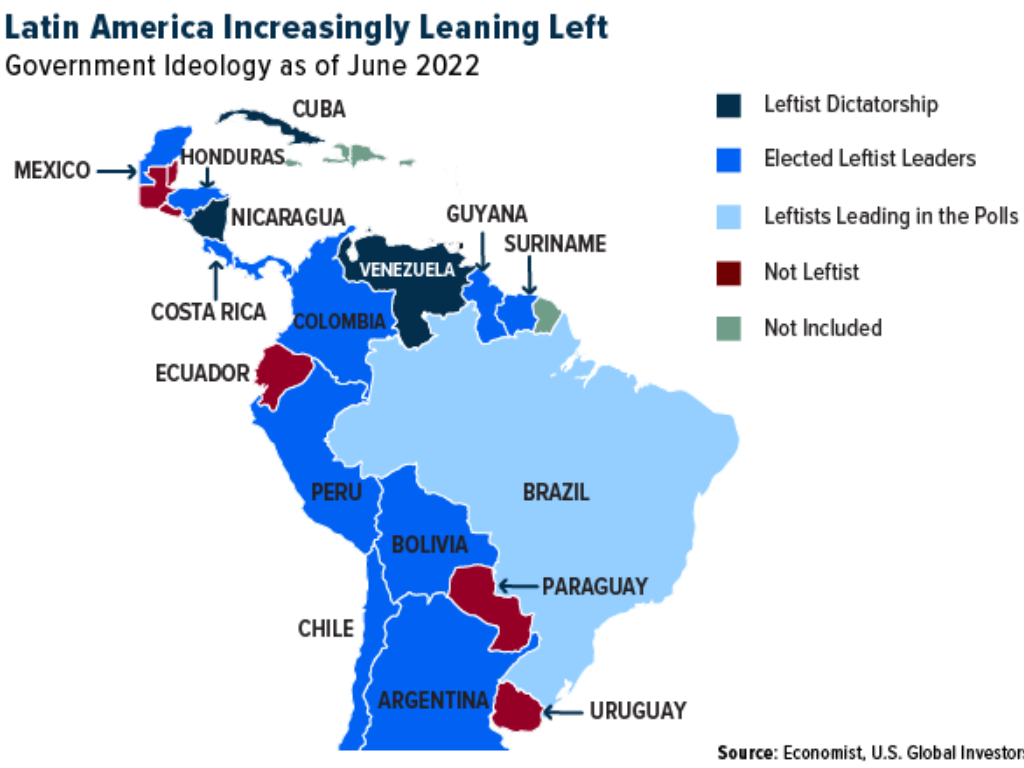It is clear that the return of leftist governments to the region is a reflection of a regional rejection of US policy. The Latin America region is changing. In the last four years, right-wing governments that had dominated the region for almost two decades have been replaced with socialist and social democratic governments.

In June this year, Gustavo Petro, a former member of the 19th of April Movement, was elected president of Colombia. In December 2021, Gabriel Boric won the presidential election as Chile’s most left-wing president for almost 50 years; a month earlier, Xiomara Castro won the election in Honduras, 12 years after her husband, Manuel Zelaya, was removed from his position in a military coup.
As of June 2021, Pedro Castillo, a teacher and union leader, won the presidency of Peru, and in Bolivia, Luis Arce of the Movement to Socialism party was elected president. In 2019, Alberto Fernández, supported by a left-leaning coalition of parties, defeated Mauricio Macri, the incumbent right-wing President. In the Mexican general elections held a year earlier, Andrés Manuel López Obrador (AMLO) won by a wide margin.
The most significant change is likely to occur on October 30 when left-wing Lula da Silva, the leader of the Workers’ Party (PT), is hoping to win the Brazilian run-off election. During the first round, Lula received 48 percent of the vote, while the incumbent right-wing president Jair Bolsonaro received 43 percent.
According to some observers, this new wave is a continuation of the “pink tide” of leftist governments that came to power in the 1990s. In those days, left-wing political leaders condemned neoliberal policies as well as the inequalities and social exclusion they caused, as well as political corruption and foreign dominance over national economies. Due to a drop in the price of export commodities in the 2010s, they were voted out of office.

Due to the failure of right-wing governments that replaced them – largely supported by the United States – to appreciate the tides of popular frustration, leftist governments have now made a comeback. While the new generation of regional political leaders rejects the traditional role of the United States in the region, it also has other interests.
The church focuses more on environmental and gender issues, is less concerned with continental identity, ardently pursues social justice issues, and in post-Covid times is increasingly concerned with public health. There is no fear of being perceived as harboring leftist ideals – in fact, the party seeks to channel the frustration of its electorate into new forms of governance. Moreover, it is adjusting to foreign investment, but increasingly from China rather than the United States.
As an example, consider Chile’s Boric. He has maintained good relations with Cuba and Venezuela, but has also condemned human rights abuses in both countries. The Prime Minister has advocated constitutional reform at home as a means to address the socioeconomic and political inequalities of the Indigenous population as well as strengthen the protections for their rights. In addition, he has embraced feminist policies, appointing women to 14 out of 24 ministerial positions.
Similarly, AMLO, the first left-wing president in Mexico in three decades, has pursued a diverse set of policies. While he has maintained good relations with Venezuela and Cuba, calling for the end of the trade embargo on Havana, he has also maintained close ties with the United States. In Mexico, he has brought about sweeping reforms, including attacking corruption, condemning human rights abuses, reducing inequality, and protecting the rights of workers.
There is no doubt that Latin America is undergoing a transformation, but Washington seems unaware of the extent to which it is happening. The National Security Advisor of US President Donald Trump, John Bolton, announced the return of the Monroe Doctrine of 1823, in which the US claimed Latin America as its own backyard and warned foreign powers to stay out. In spite of this, he had clearly misread the continent-wide rejection of his ideas.

The US policy toward the region remained misguided following Joe Biden’s election to the presidency in Washington. In June 2022, the Summit of the Americas was held in Los Angeles without Cuba, Nicaragua, and Venezuela – what Bolton referred to as the “troika of tyranny.” There was widespread criticism of this decision. A number of Latin American leaders, including Mexico’s president, declined to attend the event, while others used it as an opportunity to condemn US policy in the region.
The recent trip of US Secretary of State Antony Blinken to South America was an attempt to control damage, and was partially successful in demonstrating Washington’s awareness of the region’s clear leftward tilt. As a result of his visit, US commercial interests are losing out to Chinese competition in Colombia, Chile, and Peru.
Also Read: EXPLAINER: What are US military options to help Ukraine?
In addition, he attended the 52nd General Assembly of the Organization of American States (OAS) in Lima, where discussions revealed a disenchantment with US policy. In the course of the proceedings, 19 out of 35 member nations voted to remove the OAS envoy of the US-backed Venezuelan opposition; just five votes were required to accomplish the removal.
However, despite its commitment to provide $240 million in humanitarian assistance to refugees in the region, the US role in the OAS appears to be declining. More than half of the annual budget of the Organization is paid by the United States, but it has much to learn about regional developments.

The United States has for too long supported authoritarian military leaders and wealthy businessmen in the region, many of whom were educated or trained in the United States. Too long, American governments have failed to recognize that civil society is demanding change in Latin America, resulting in the departure of US favorites from the region.
In some countries, they have condemned violations of human rights and corruption, while in others, they have ignored such issues. In turn, they are turning a blind eye to poverty rising, elites becoming wealthier, and protests against injustice being violently suppressed.
It is imperative that this be changed. The United States should recognize the true aspirations of Latin Americans and cease showing selective indignation and playing favorites.
It is important to note that Latin America is open to dialogue with the United States, but it must be conducted respectfully and not as a top-down lecture. Now is the time to recalibrate prevailing ideas about the region, to pursue a policy of pragmatism and constructive engagement.
Specific goals can, and should, be set. For example, support for the Petro government’s peace talks with the National Liberation Army (ELN) armed group in Colombia should be clearly demonstrated.
In order to improve relations with Cuba, a small country with considerable political influence in the region, Washington should consider returning to the Obama playbook. Additionally, the US government can assist Venezuela’s crisis by reaching out to newly elected leftist leaders in the region.
Also, Washington should pay attention to the two leaders of the region, Mexico and Brazil. In the run-off election in Brazil, Washington must make clear that it will not accept military involvement if Bolsonaro – the self-described “Trump of the Tropics” – is defeated.
There is no doubt that Latin America is undergoing a profound transformation, and that the leftist activism of the 2020s represents a clear rejection of the policies of recent decades. In order for the country to maintain a meaningful relationship with the region and remain a relevant player within it, it must take this step.
